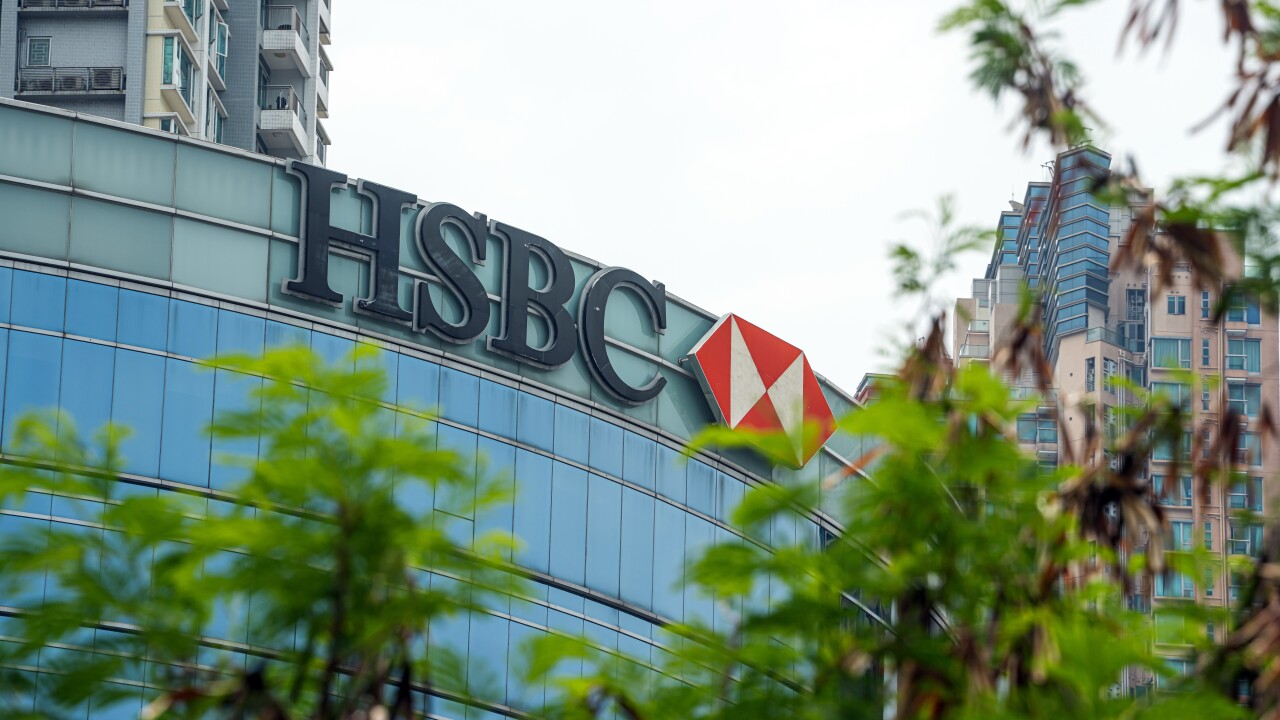Russia is working with China to run an end around Western payments systems, a move that will likely require more than just transaction technology to substantially ease economic stress on Russian banks.
VTB, a Russian state-controlled bank with about $280 billion of assets, this week began supporting transfers to China in yuan, bypassing the SWIFT international payments messaging system, which
"Pretty much any official government agency can set up a payments platform in collaboration with another government agency in some other jurisdiction," said Robert Hockett, a law professor at Cornell University.
"What SWIFT provides is access to the global dollar-based payments system, which of course likewise entails access to the global dollar-denominated credit system," Hockett said, adding what VTB has announced does not provide that access. "And it is that access to credit which removal from SWIFT has taken away from Russian entities."
VTB, Sberbank and most large Russian banks are on the
Russia's gross domestic product is expected to decline about 10% in 2022, according to the
Russia has also
"VTB isn't going to be able to nest transactions through China in any volume to replace what they've lost access to," said Brian O'Toole, a nonpartisan senior fellow at the Atlantic Council, a nonpartisan research organization "Russia of course is turning to China, perhaps with less success than they claim," O'Toole said. "But it's not like there's some massive shift in U.S. dollar usage cross-border because of that shift."
U.S. payment giants like Visa, Mastercard, American Express and PayPal — along with smaller companies like Paysera in Lithuania — have blocked transactions or pulled out of Russia and Belarus in response to the invasion of Ukraine.
Russia has an existing equivalent system to SWIFT, called the System for Transfer of Financial Messages. Before the war, STFM handled about 20% of the messaging for Russian payments, though its reach and scale are limited compared with SWIFT's. For the past several years, Russia has attempted to
"STFM can process all local transactions, but few non-Russian banks are signed up to use it," said Elina Ribakova, deputy chief economist at the Institute of International Finance. "Theoretically, if there is concern that transacting with sanctioned Russian banks in euros or dollars might be equivalent to violating Western sanctions, an alternative could be using the Russian messaging system and transacting in other currencies."
China has implemented a
China developed its CBDC partly to counter the influence of the U.S. dollar, and it could work with Russia, which is piloting its own CBDC. "A next step could be to link those systems directly," Ribakova said. "That would remove the need for any additional messaging or payments and settlement systems and would be instantaneous."
Beyond geopolitics, distributed-ledger technology firms such as
"New payment technology has made it easier for groupings of like-minded countries to establish their own payment systems," Hockett said, adding these networks can facilitate trade and credit flows among those countries. "But again, because it is the dollar system that gives SWIFT its principal clout, no such development is going to work any miracles for any countries looking to get out from under Western financial sanctions."







